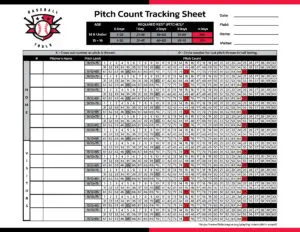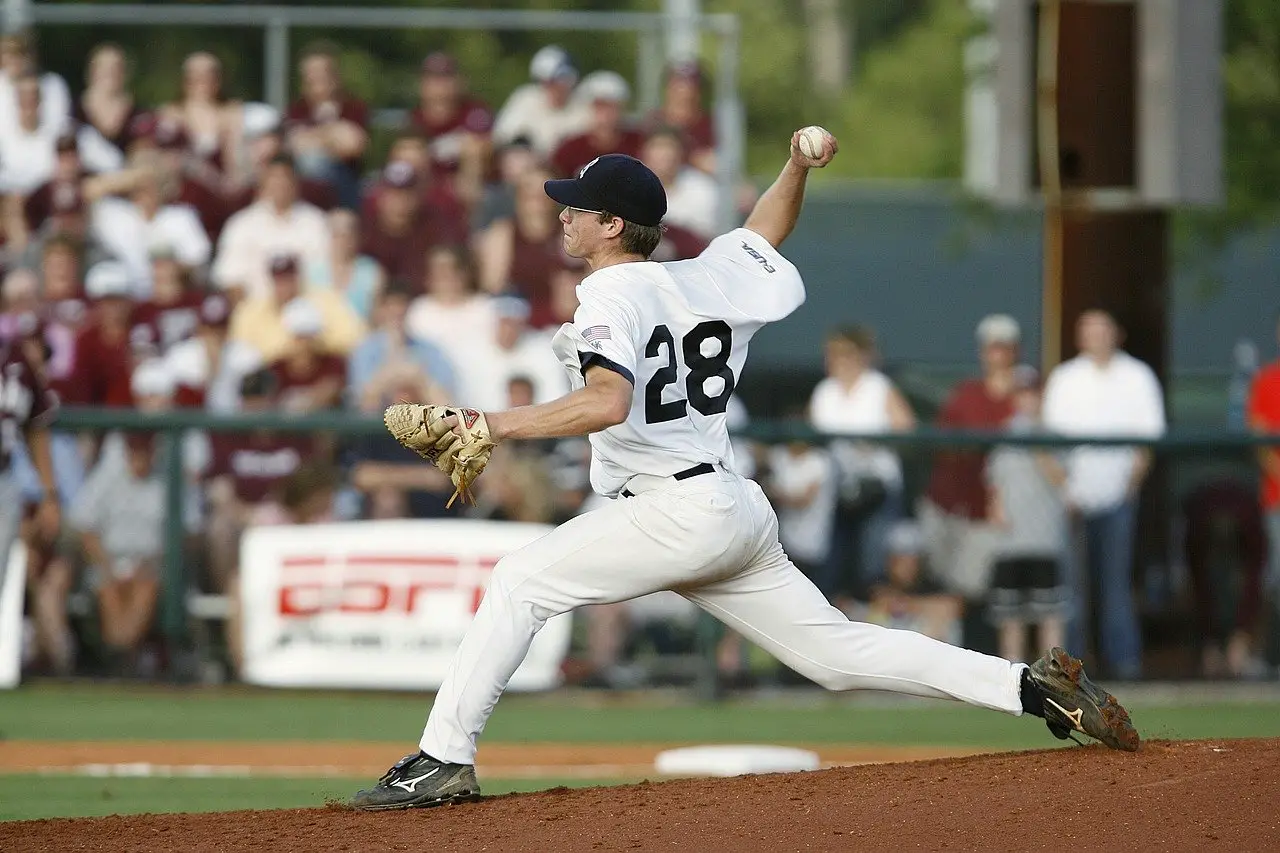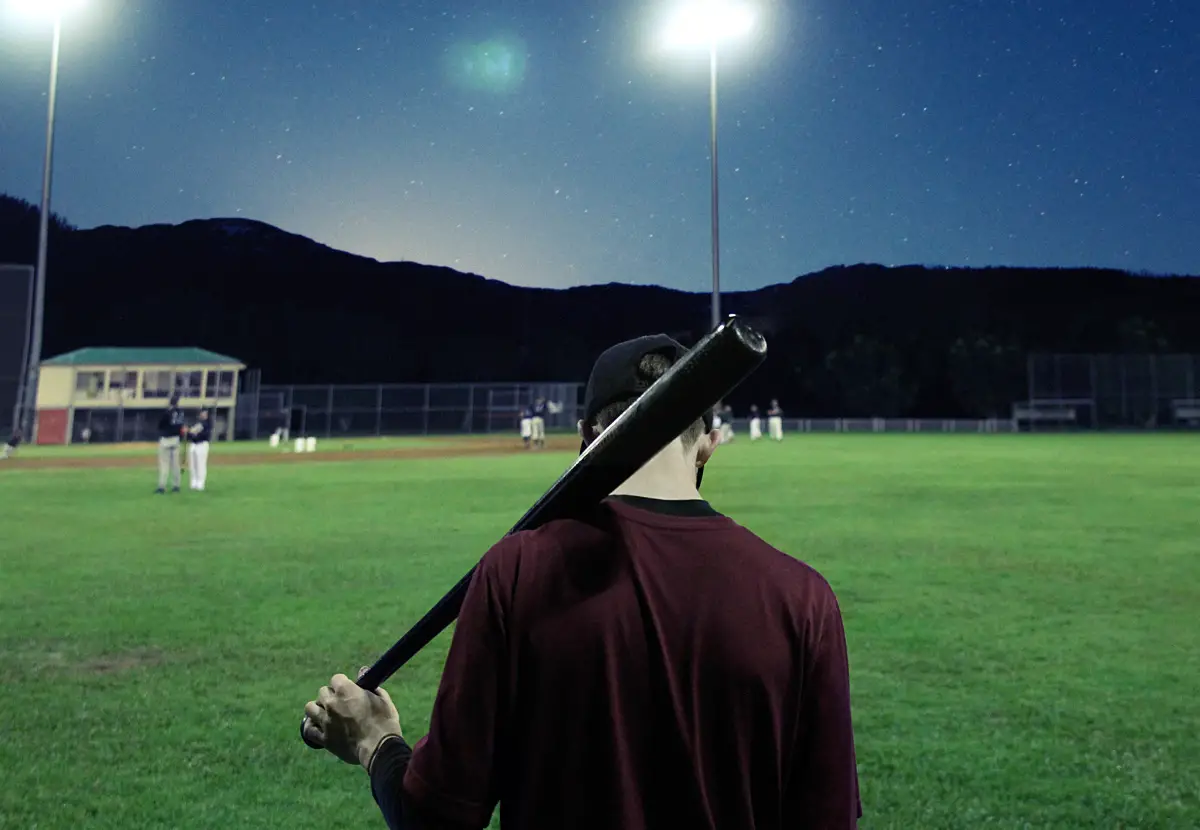There’s no question that pitching is extremely taxing on a player’s arm, and on the body as a whole. To throw at a velocity high enough to catch a recruiter’s eye, young players can undergo serious wear and tear, which has led in recent years to an uptick in Ulnar Collateral Ligament (UCL) reconstructions, also known as Tommy John procedures.
More than a quarter of all Major League Baseball (MLB) pitchers have undergone this surgery, and at the high school level, they are being performed at five times the rate of just a decade ago.
While these procedures can succeed in repairing torn elbow ligaments and lead to a successful baseball career, resorting to surgery for players as young as 15 should not be taken lightly.
When radar guns dominate at youth tournaments, it’s possible to lose sight of the fact that the long-term well-being of a young player should be the highest priority.
Throwing with maximum effort over and over again can cause serious damage and should be managed effectively by parents and coaches. The best way to keep youth pitchers safe from injury is to adhere to the recommended pitch limits at every age.
Why Pitchers Need Rest
There is one single factor that has contributed more to injuries among young pitchers than any other: overuse. Injured pitchers have consistently been found to throw more pitches per game and pitch more innings per year.
When you consider that these young players are often playing in Little League, at summer camps, and on club teams, there is very little time leftover from competing to rest.
Outside of the physical exertion, younger players also need a respite from the stress of constant training and competition.
Potential Pitching Injuries
Nearly half of all youth pitchers between the ages of 7 and 14 experienced pain while pitching in the last year. Regardless of treatment, any pain should be taken as a serious sign of injury and need for rest.
As the UCL stabilizes a pitcher’s elbow during the release of the ball, wear and tear to this ligament is the most common injury. However, many pitchers are also at risk of doing long-term damage to their biceps, triceps, and shoulders through tears, sprains, and fractures.
How to Protect a Pitcher’s Arm
The good news is that by following certain guidelines, many serious injuries and long-term ailments can be avoided, while still allowing for a robust pitching experience. To protect a youth pitcher’s arm, the following precautions should be taken:
- For youth players, teach the importance of athleticism and physical fitness. Include regular stretching and training workouts in the player’s practice schedule.
- For youth players, focus on learning and understanding the rules of baseball along with the basic techniques that make the game work.
- For youth players, avoid throws other than fastballs or changeups.
- Set and follow the pitch-count limits with suggested rest periods.
- Mechanics over speed should be the focus of practice, emphasizing control and accuracy over velocity and power.
- Proper training and conditioning before allowing young pitchers to attempt high velocity throws.
- Weight and resistance training to ensure a balance between too much and too little flexibility in the arm.
- Limiting pitches thrown during practice, particularly if the player also plays another position.
- Warm-ups and stretching are crucial for pitchers before they ever pick up a baseball. This is imperative if the pitcher is attempting to master a new throw or skill.
- Never allow a pitcher to pitch on consecutive days.
- Once removed from the mound, a pitcher should not return to the mound as a pitcher.
- Players should avoid being on multiple teams at the same time.
- Monitor pitchers for any signs of stress, fatigue, or injury. Youth players often hide their injuries to avoid being benched. Coaches and parents need to keep a watchful eye and be keen on noticing any changes in the child’s behavior and athletic ability.
Again, overuse is the single biggest factor in injury among youth pitchers, but keep in mind that one pitch with bad mechanics can do more damage than ten pitches with good mechanics. Aim for better mechanics every time, with the support of proper training and conditioning of the entire body.
The safety, health, and overall well-being of the players should always be the number one priority when it comes to youth sports.
An Overview of Official Pitch Guidelines
To assist parents and coaches in pushing back against overexertion and injury, MLB and the USA Baseball Initiative have formulated guidelines for pitching volume and informational resources on youth injuries, including major risk factors to watch out for. These include strict limits for the daily maximum number of pitches thrown based on age and corresponding rest times.
To make it easier for coaches, we at Baseball Tools have created a pitch count tracking sheet for you to follow how many pitches your pitcher has thrown, along with the daily rest requirements.

The guidelines are broken down by age group and include the maximum number of pitches that a player should make in a game.
Additionally, the chart also provides guidance on how many pitches the player should make with only a few days of rest. For example, a 12-year-old player should make no more than 85 pitches in a game with a 4-day rest period.
| Age | Daily Max (Pitches in Game) | 0 Days Rest | 1 Days Rest | 2 Days Rest | 3 Days Rest | 4 Days Rest | 5 Days Rest |
| 7-8 | 50 | 1-20 | 21-35 | 36-50 | N/A | N/A | N/A |
| 9-10 | 75 | 1-20 | 21-35 | 36-50 | 51-65 | 66+ | N/A |
| 11-12 | 85 | 1-20 | 21-35 | 36-50 | 51-65 | 66+ | N/A |
| 13-14 | 95 | 1-20 | 21-35 | 36-50 | 51-65 | 66+ | N/A |
| 15-16 | 95 | 1-30 | 31-45 | 46-60 | 61-75 | 76+ | N/A |
| 17-18 | 105 | 1-30 | 31-45 | 46-60 | 61-80 | 81+ | N/A |
| 19-22 | 120 | 1-30 | 31-45 | 46-60 | 61-80 | 81-105 | 106+ |
It is the responsibility of the parents and coaches to ensure that these guidelines are followed. Following these guidelines has been proven to reduce injury and overexertion, but to be effective they must be enforced by coaches and parents with the players’ best interests at heart.
Youth athletes that get the suggested amount of rest are often fresher and throw better than pitchers that overuse their arms.


